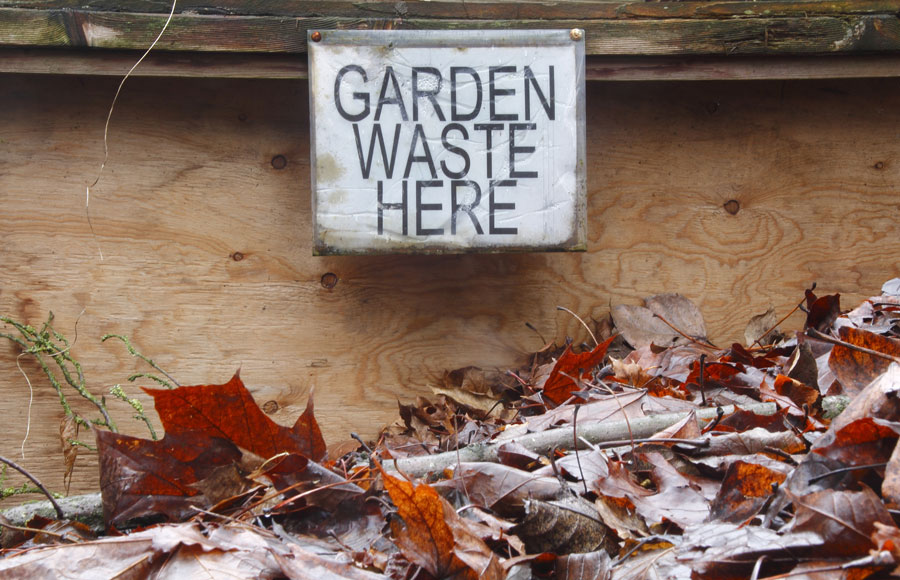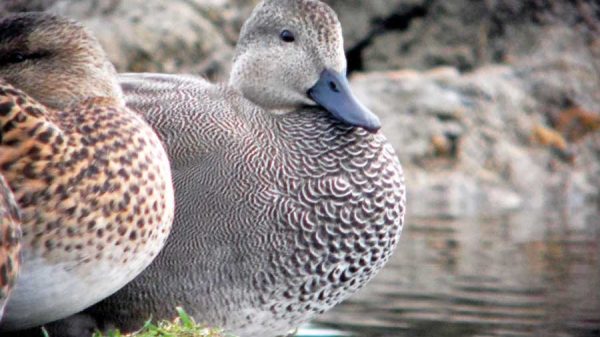The baking summer temperatures are but a distant memory and the cold frosty days are well and truly upon us. Thankfully there are often short spells of mild quite warm weather towards the end of the year, a great excuse to venture outside.

Keeping warm in the garden involves two key elements, layers, and vigorous exercise. Wearing several layers of clothes will keep you warm but allow you to de-layer as your body acclimatises to the temperature outside. Many of the tasks in the garden at this time of year involve raking leaves, cutting back plants and in some cases digging over plots used for vegetable production. I have been experimenting with a ‘No Dig’ bed in my vegetable garden this year after reading a number of articles by various advocates and I must say the results are quite encouraging. Like all new to me systems, I am not fully convinced until I have had a few years experimenting. It sounds fine if your soil is good and fairly free draining but if you suffer from heavy clay then I’m not sure it will be as effective in the early stages.

The process involves initially applying a 7.5 – 10 mm layer of well rotted organic matter, garden compost, well rotted manure or composted green-waste. If the soil underneath is compacted then easing the surface using a garden fork pushing it in to the surface to at least half its depth then levering it back and forth a couple of times will open up the surface. If weeds are a problem then before applying the layer of organic matter lay cardboard over the surface then cover with your chosen compost. If this is done this month then by the time you want to plant the cardboard will have rotted and you can start planting vegetables as you would normally do next spring. In subsequent years you apply 5cm (2 inches) of organic matter and soil organisms will break down the compost mixing it with the soil below. I guess the only down side is that you need to apply a layer of compost every year and if you have a large vegetable garden this can be quite a job.
My first year trial involved cabbages and cauliflowers which I must say did very well, I plan to grow onions in the plot next year so I will let you know how I get on.
I do love trees but when the leaves start to fall I feel a compelling urge to sweep them all up especially from the lawn as they can encourage fungal disease. I try to keep the lawn clear by either raking them up or using the mower with the blades set high run over with the grass box on to collect the leaves then put them on the compost heap or if you want to make leaf-mould for potting compost then use a separate compost bin or recycled plastic sack, pierced with a few holes to allow air to get in. After about 12 months the leaves should be ready to use as a fine crumbly structure, If they are still whole and or dry you will need to leave them another year and water them occasionally to encourage worms and soil organisms to break them down. Where leaves fall on the borders and providing they aren’t covering plants or blowing around I leave them and they usually break down over winter. You will find that worms pull them underground as they feed on the soil organisms that break the leaves down. I often find leaves seemingly stuck in the lawn, but it’s worms trying to pull them underground. It can seem like a never ending job collecting leaves and whilst I try to keep the lawn clear I don’t do a proper clean up until all the leaves are down usually before Christmas, sorry did I just say that word?
If it isn’t leaves then it’s herbaceous perennials that have died back, do I leave them for wildlife or do I cut them back? There is no right answer, my view is that if they are bothering you then cut them back. Most herbaceous perennials are quite hardy and don’t need the protection of their dead stems and foliage, and whilst they can provide some structural texture they can also be blown over and look untidy. The seed heads of some are quite attractive and provide food for the birds so it’s a constant dilemma as to what to do. I look at the dead stems in two ways, they are ultimately compost fodder, adding to my compost heap and ultimately mulch for the very borders they grew from, if I have seed heads that can provide food for birds or for overwintering insects like ladybirds, then I cut them and Sue (my partner) arranges them in a large clay pot near to the house. They do look quite effective throughout winter and the birds take the seeds.
Happy Gardening,
Martin
Next month, the benefits of mulching, sorting out the tool shed and dividing rhubarb.







